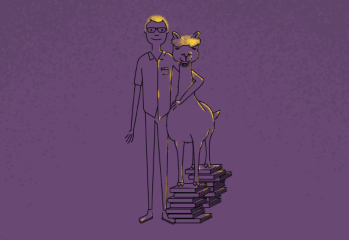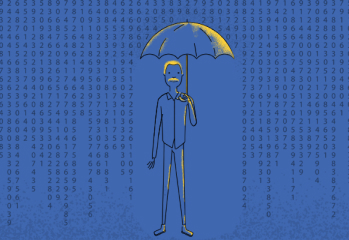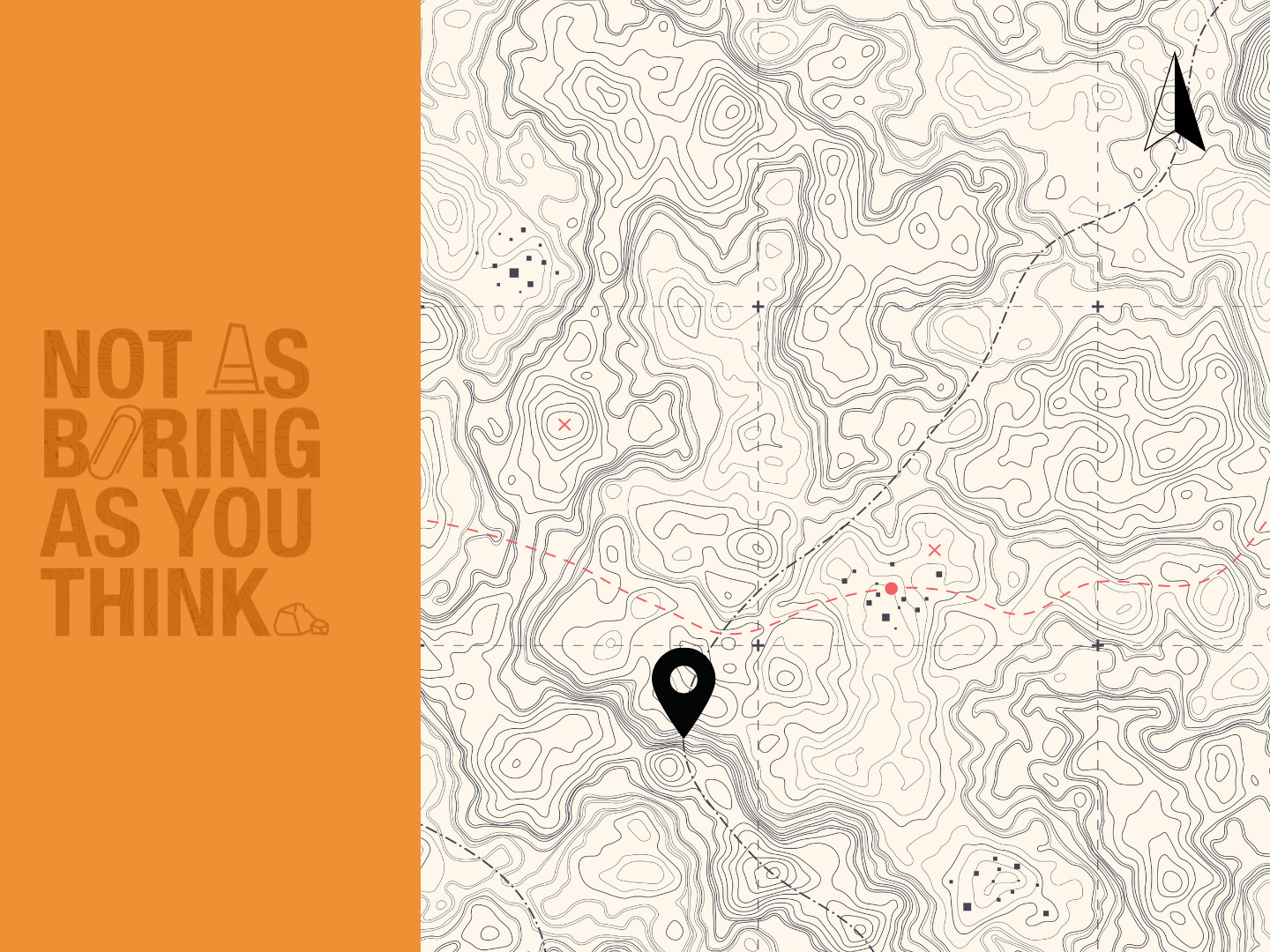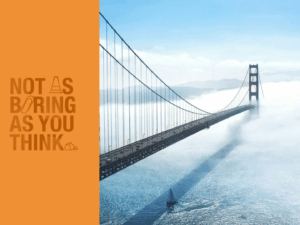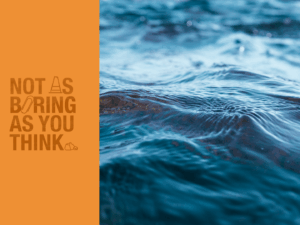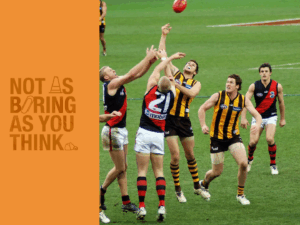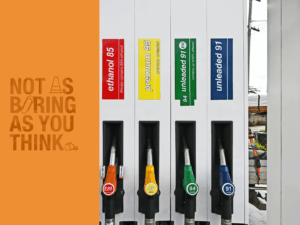One might assume maps are just recreations of roads on paper – a kind of cosmic tracing.
But maps aren’t just about where things are. They’re about where we think things should be. Which is slightly concerning when you need one to tell you where you are.
Maps are built from observations, guesses, the combined brainpower of science and a surprising amount of politics.
MERGING … WITH SCIENCE
Maps are made by a car full of disciplines all travelling to the same destination: cartography. And all wondering where the hell are we?

Geography’s driving. Deciding where things go, how cities are named, what boundaries matter. It turns space into place.
Geology rides shotgun, reminding us that land has opinions. There’s a reason your GPS says you can’t go that way. That reason might be the ocean. Or a volcano.
Mathematics navigates, finding the best route from 3D to 2D. There’s no perfect way to flatten a planet, and every map distorts something: size, shape, direction, distance. But maths makes it possible-ish.
Sociology and politics argue from the backseat over what gets included or erased. Borders, place names, disputed territories – these are political decisions dressed up as geography.
Computer science is the backseat driver running your GPS – promising that goat track is a shortcut while silently judging your missed turn.
TURN LEFT … DESPITE THE EVIDENCE
Modern maps aren’t just descriptive, they’re predictive. GPS predicts the best route based on speed limits, traffic or how long it takes to turn right across Stirling Highway.
It might feel like sometimes your GPS is testing your loyalty, but it doesn’t know you’re driving a campervan rather than a 4WD. It sees a track, calculates the odds and sends you on your way.

Maps are built on algorithms and assumptions. And sometimes, they get it wrong.
RECALCULATING – WHERE MAPS MEET MEMORY
In Aboriginal cultures across Australia, songlines have been used for centuries to describe Country through stories, music and dance.
These verbal ‘maps’ aren’t written and they’re not just about direction – they’re about connection.
While your GPS doesn’t talk you through your journey, the land – and the songs still sung across it – do.
YOU HAVE ARRIVED … NOW WHAT?

Maps aren’t perfect. They’re interpretations about the world and how we move through it. Built by a bunch of clever people, crammed into a clown car called cartography.
Sometimes they get it wrong and you end up staring down a very surprised cow.
But in the end, all roads lead to science.
